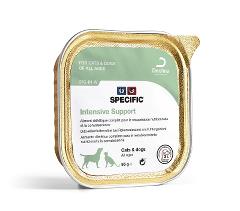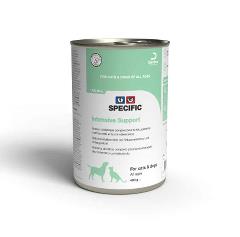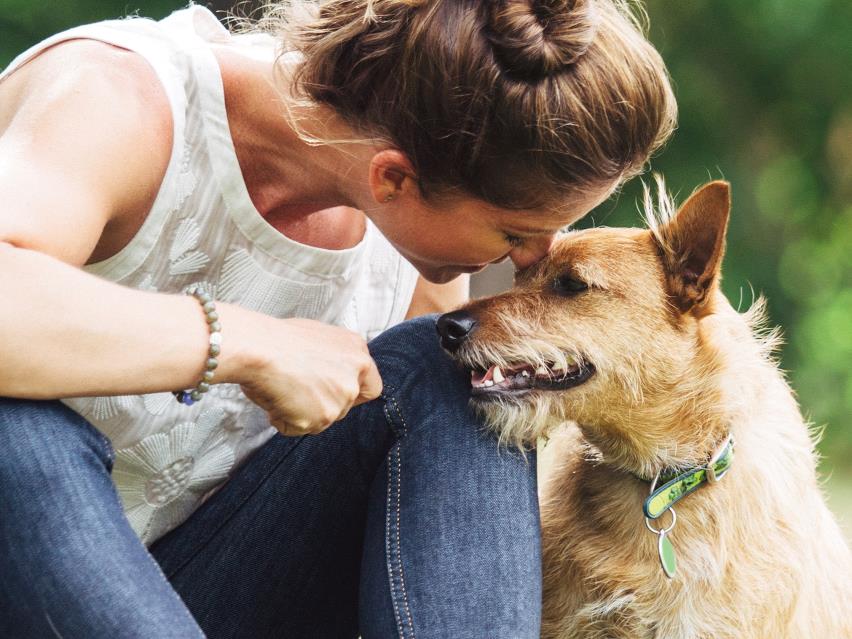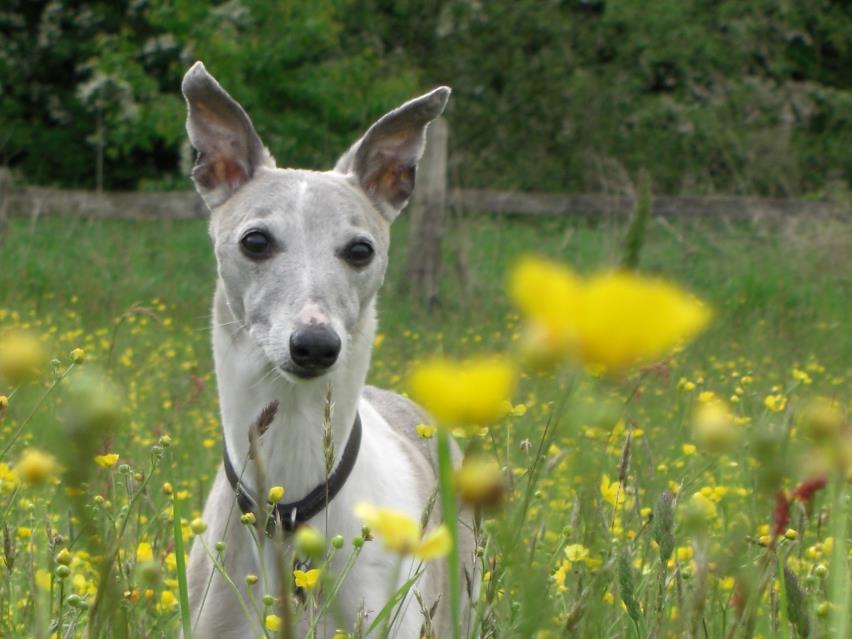Your dog’s recovery after disease, trauma, stress or surgery
If your dog is recovering from sickness or has had an operation or chemotherapy, it can be quite a traumatic time for you all. But don’t worry, there are many ways you can help your dog to recover. Of course, your vet will give you clear instructions on aftercare, looking after their wounds and trying to avoid infection. But one way you can help with their recovery is feeding a good diet.
When you get home it’s likely that your dog will want to head straight to bed (especially if they need to sleep off the anaesthetic) so make sure they get some peace and quiet for a while. Soon they should be pain free, comfortable and happy to eat again.
Feeding your dog after surgery
Your dog isn’t going to feel much like eating so start them with small light meals. Your vet may recommend a recovery food. Give them this food for as long as your vet recommends. As always, make sure your pet has easy access to clean, fresh water.
Dogs collars and eating and drinking
Your vet may give your dog a funnel-shaped collar to prevent them from licking, biting or scratching their wound or bandage. It's important to leave their collar on all the times, especially at night and whenever your dog is left alone. Your dog should soon get used to wearing it, but make sure it doesn't hinder them eating or drinking. If it does, you’ll need to remove the collar at meal times and whenever your dog wants a drink of water.
What is it that special recovery diets have that can help
Recovery diets have increased calories, protein and fat meaning even if your dog eats less they still get the nutrients they need. These foods are designed to be fed during states of illness and recovery. However, if you have a severely ill dog, or when there is an “end-of-life” situation, you can continue feeding a recovery diet.
An ideal recovery diet is:
- High in protein to support maintenance of lean body mass
- High in energy, as your dog will have very little appetite and significantly increased metabolic rate. This means food should be rich in energy so that even small amounts can provide the energy needed
- High in fat and protein, which will mean lower carbohydrates as recovering dogs will be insulin resistant
- Highly digestible ingredients as they may not absorb nutrients as well as normal
- Tasty and attractive to your dog – to encourage your dog to eat.
Should there be an extended period of recovery an Active style dry diet, with it's higher energy content, would be an alternative.







